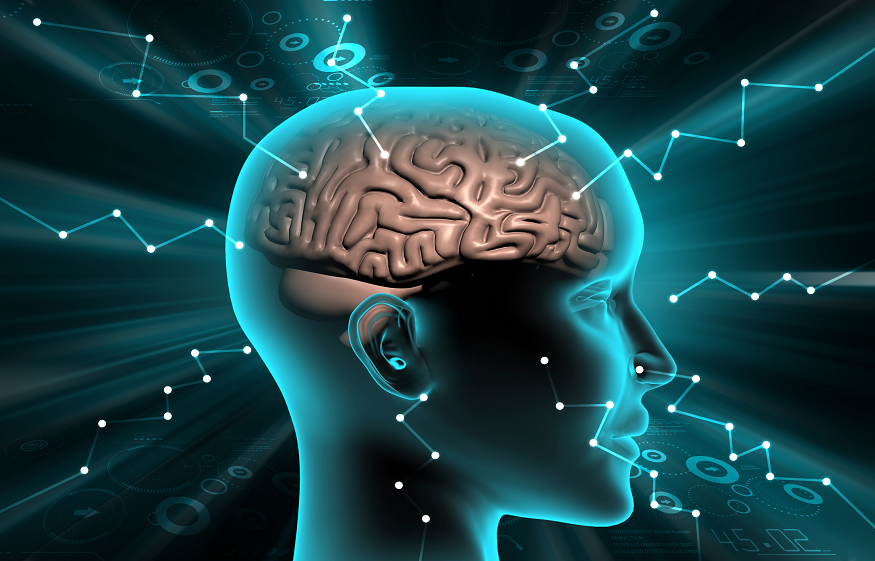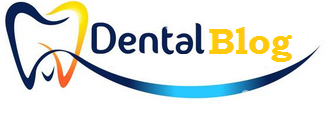The Importance of Neuro Exam and Pupil Measurement in TBI Assessment
3 min read
Traumatic brain injury (TBI) is a serious medical condition that can cause severe damage to the brain. It is an injury caused by a blow or jolt to the head or a penetrating head injury that disrupts the brain’s normal functioning.
TBI can result in a wide range of physical, cognitive, and emotional symptoms that can significantly impact the affected individual’s quality of life. This article will discuss the importance of neuro exams and pupil measurement in TBI assessment.
Understanding the Neuro Exam
A neuro exam is a series of tests and assessments used to evaluate the functioning of the nervous system. It is a critical tool medical professionals use to diagnose and assess neurological disorders, including TBI. The components of a neuro exam include cognitive function, motor function, reflexes, sensation, coordination, and balance.
The neuro exam is an essential part of TBI assessment because it helps medical professionals identify the specific areas of the brain affected by the injury. By evaluating the patient’s cognitive and motor function, reflexes, and sensations, medical professionals can determine the extent of the damage and the severity of the injury.
For example, if a patient has difficulty with memory, concentration, or problem-solving, it may indicate that the injury has affected the brain’s frontal lobes. Similarly, if a patient has weakness or paralysis in one or more limbs, it may indicate damage to the brain’s motor cortex.
Importance of Pupil Measurement
Pupil measurement is another critical tool used in TBI assessment. The size and reaction of the pupils can provide valuable information about the extent of the brain injury. The pupillary light reflex is a reflex that controls the size of the pupils in response to changes in light.
An abnormal pupillary response in traumatic brain injury, such as a dilated or non-reactive pupil, can indicate severe TBI. The size of the pupils can also provide information about the location of the brain injury. For example, if one pupil is dilated and the other is not, it may indicate that the injury is on the pupil’s side.
Pupil measurement is often used with other neurological tools, such as the NPi pupilometer and computed tomography (CT) scans, to provide a more accurate assessment of the TBI.
Using the Neuro Exam and Pupil Measurement Together
The neuro exam and pupil measurement are two critical tools in TBI assessment. They can provide a more comprehensive and accurate injury assessment when used together.
For example, a patient with a dilated pupil and weakness in one limb may have a more severe TBI than a patient with a normal pupil reaction and no weakness. By combining the information obtained from the neuro exam and pupil measurement, medical professionals can determine the severity of the injury and develop an appropriate treatment plan.
However, it is important to note that using the neuro exam and pupil measurement together has limitations. For example, a patient may have a normal neuro exam and pupil reaction but still have a significant brain injury. In such cases, additional tests, such as CT scans or magnetic resonance imaging (MRI), may be necessary to obtain a more accurate assessment of the injury.
Treatment of TBI
The treatment of TBI varies depending on the severity of the injury. The patient may only require rest and observation for mild TBI, also known as concussion. For moderate to severe TBI, hospitalization, and surgery may be necessary.
The goal of treatment is to prevent further injury to the brain and to minimize the damage that has already occurred. Treatment may also focus on managing the physical, cognitive, and emotional symptoms resulting from TBI.
Conclusion:
TBI is a serious medical condition that can significantly impact the affected individual’s quality of life. The neuro exam and pupil measurement are two critical tools used in TBI assessment that can provide valuable information about the extent and severity of the injury. By using these tools, medical professionals can develop a more comprehensive and accurate injury assessment, leading to better treatment outcomes.






